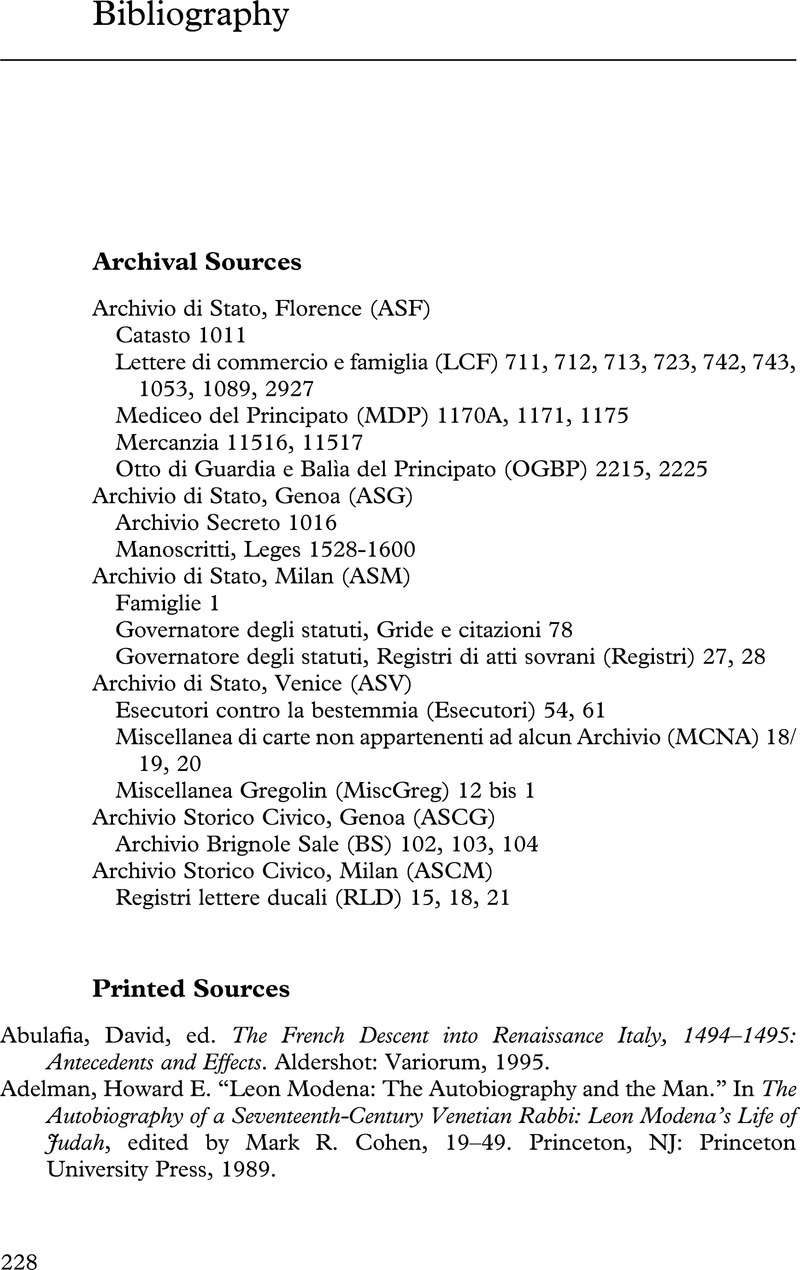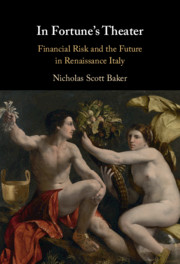Book contents
- In Fortune’s Theater
- In Fortune’s Theater
- Copyright page
- Contents
- Figures
- Preface
- Acknowledgments
- Note on the Text
- Introduction
- 1 Experts in Futurity
- 2 The Future in Play
- 3 Trust in the Future
- 4 The Mercantile Vocabulary of Futurity in Sixteenth-Century Italy
- 5 The Renaissance Afterlife of Boethius’s Moral Allegory of Fortuna
- 6 The Emerging of a New Allegory in Mercantile Culture
- 7 The Shifting Image of Fortuna
- 8 The Separation of Fortuna and Providence
- Conclusion
- Bibliography
- Index
- References
Bibliography
Published online by Cambridge University Press: 19 July 2021
- In Fortune’s Theater
- In Fortune’s Theater
- Copyright page
- Contents
- Figures
- Preface
- Acknowledgments
- Note on the Text
- Introduction
- 1 Experts in Futurity
- 2 The Future in Play
- 3 Trust in the Future
- 4 The Mercantile Vocabulary of Futurity in Sixteenth-Century Italy
- 5 The Renaissance Afterlife of Boethius’s Moral Allegory of Fortuna
- 6 The Emerging of a New Allegory in Mercantile Culture
- 7 The Shifting Image of Fortuna
- 8 The Separation of Fortuna and Providence
- Conclusion
- Bibliography
- Index
- References
Summary

- Type
- Chapter
- Information
- In Fortune's TheaterFinancial Risk and the Future in Renaissance Italy, pp. 228 - 246Publisher: Cambridge University PressPrint publication year: 2021



